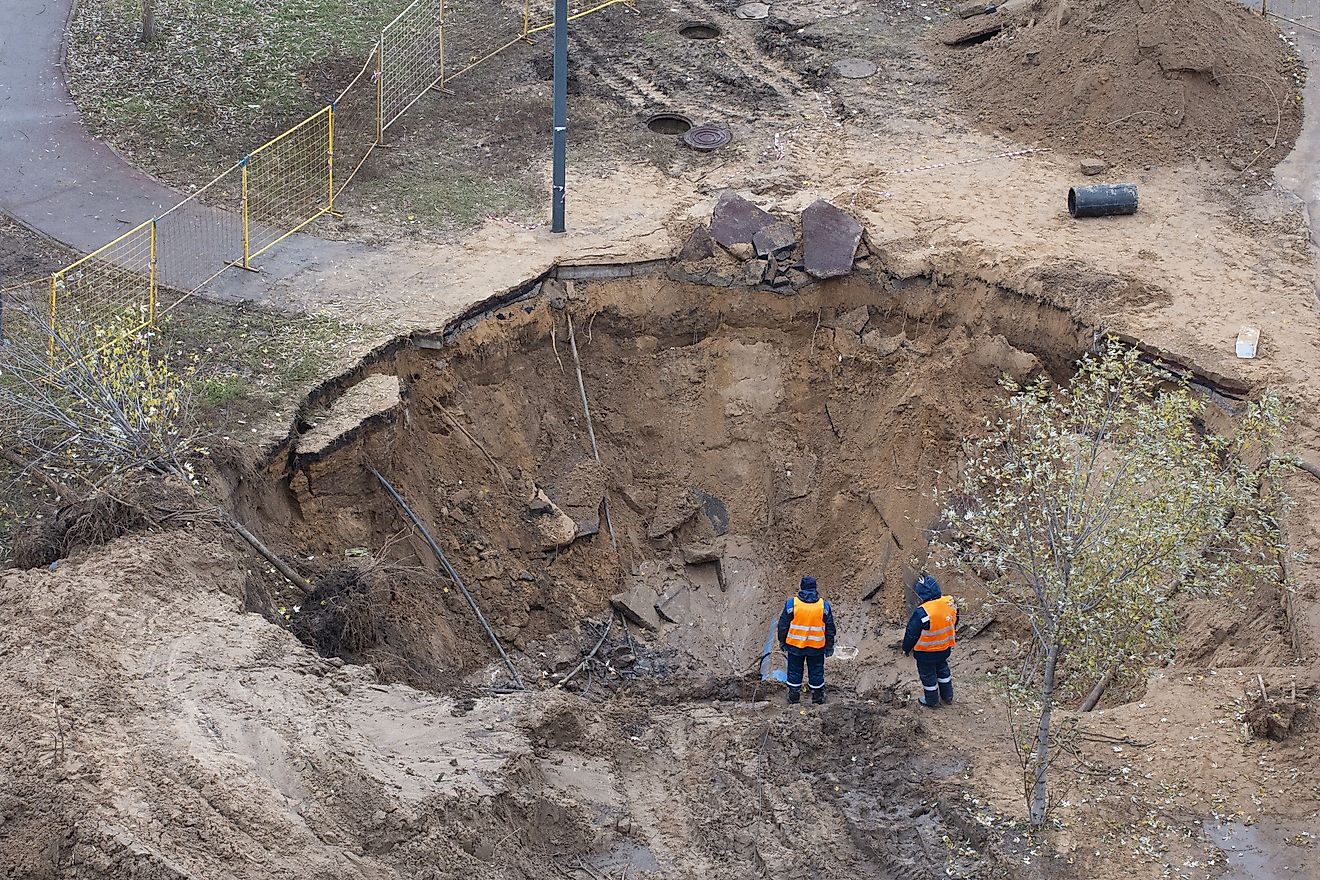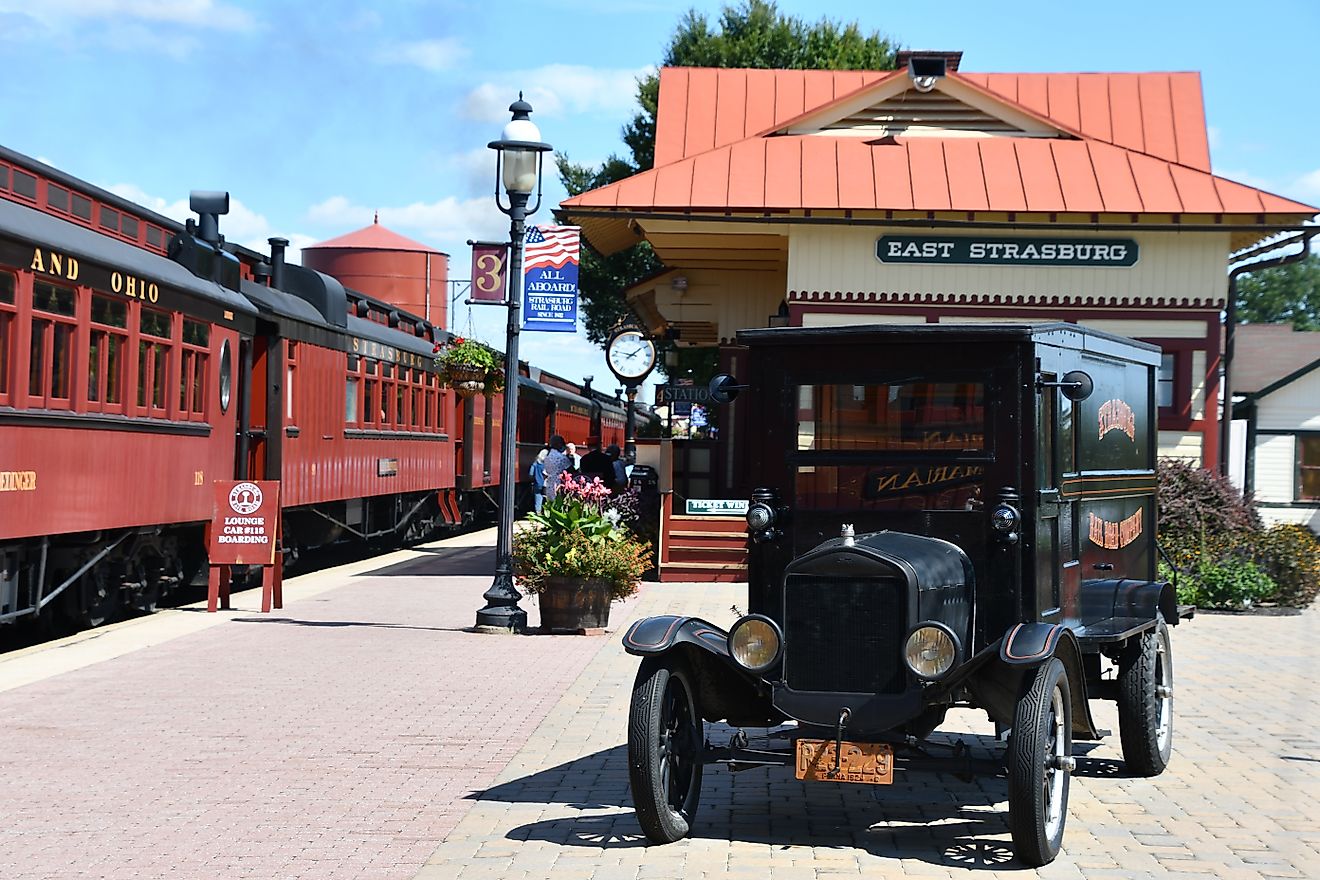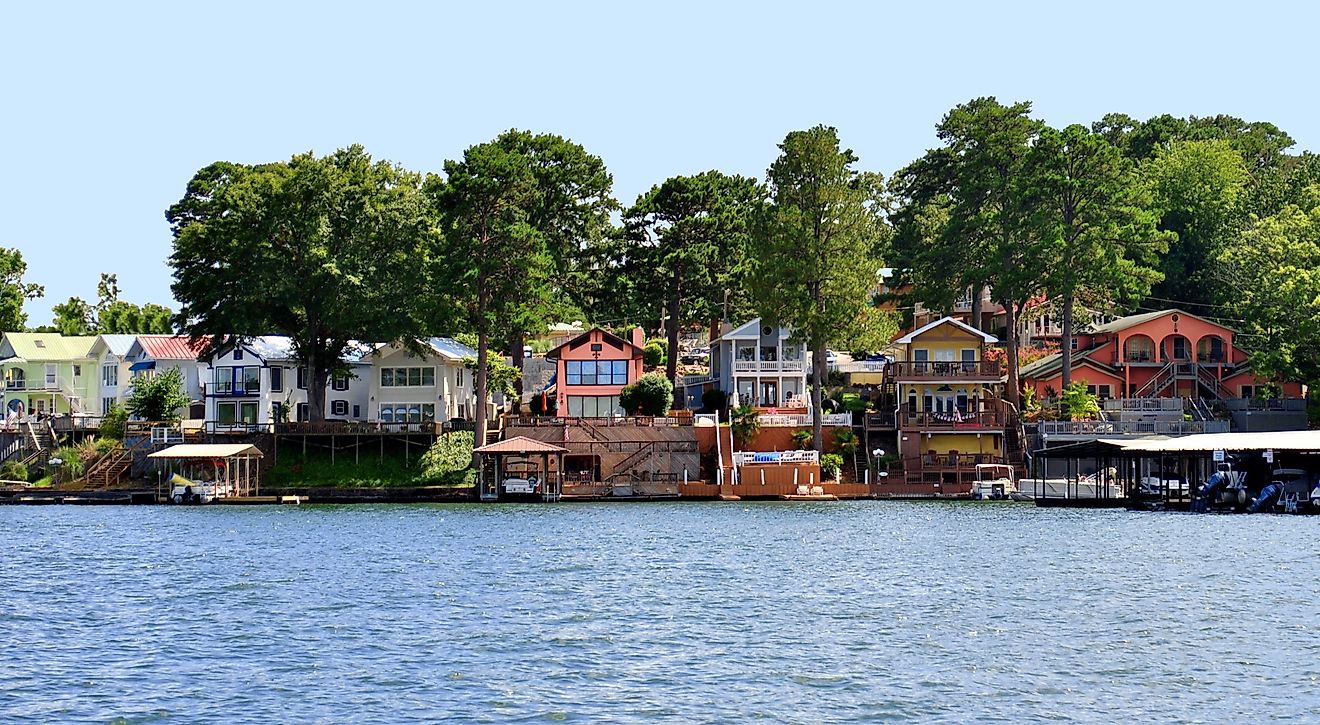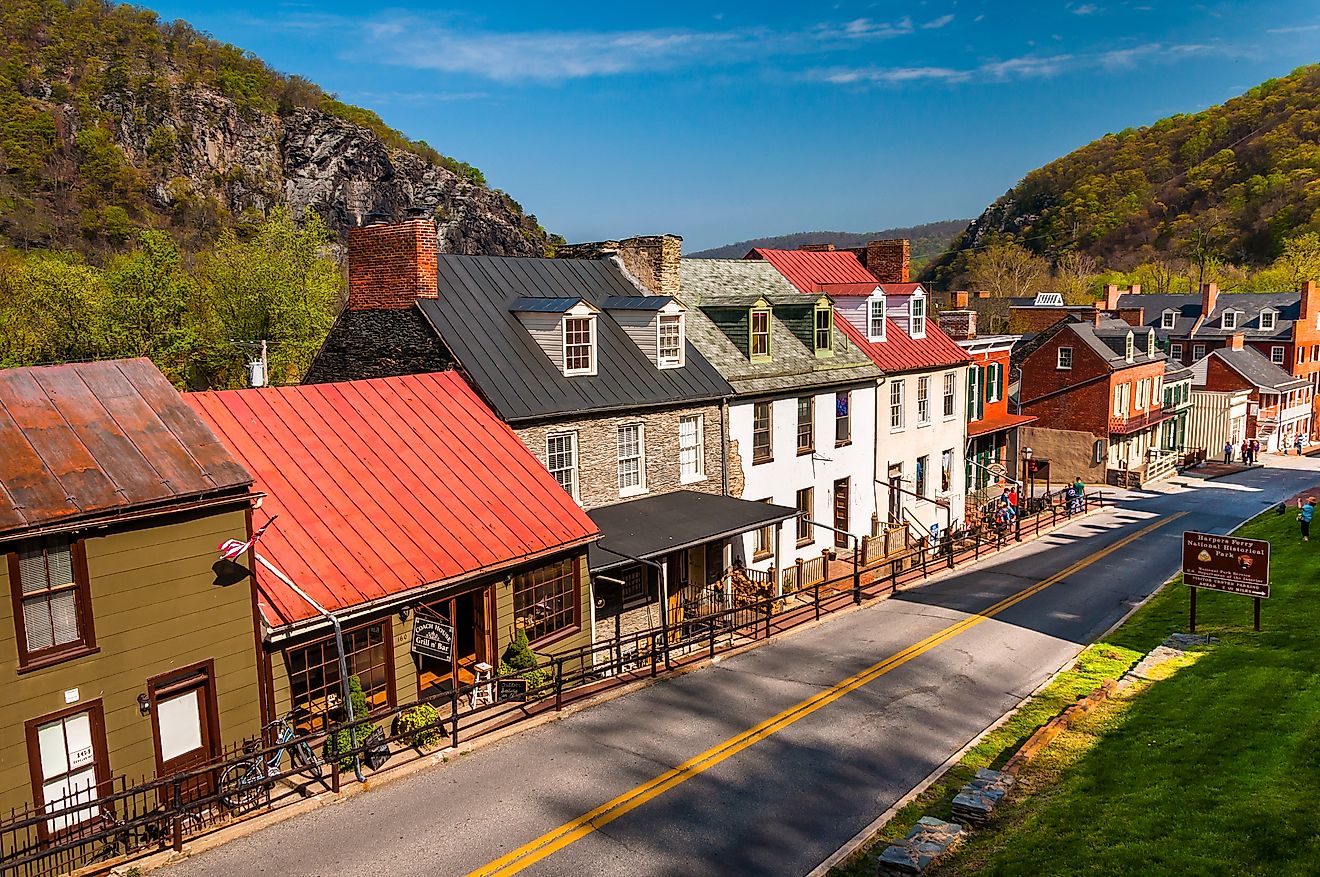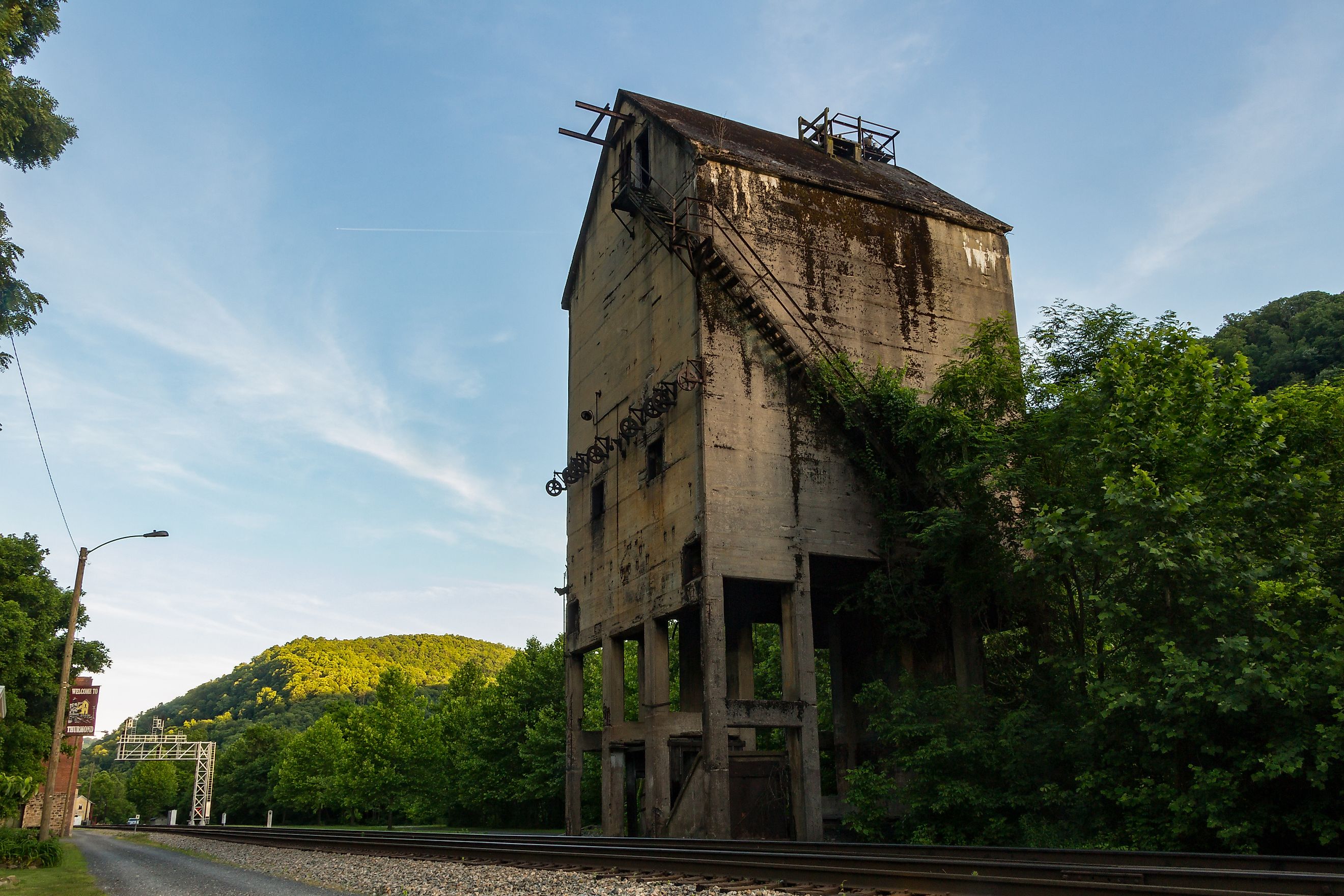
Abandoned Coal Mining Towns in Appalachia
The Appalachian Mountains, stretching from Alabama to Pennsylvania, have long been synonymous with coal mining. Once bustling hubs of industry and community, many coal towns now stand silent, their histories etched in crumbling buildings and overgrown railbeds. These abandoned towns offer a glimpse into a bygone era and serve as a testament to the resilience of the people who once called them home.
In the late 19th and early 20th centuries, the demand for coal fueled rapid industrialization in the United States. Appalachia, rich in coal deposits, became a focal point for mining operations. Companies established company towns where workers lived in company-owned homes, shopped at company stores, and were paid in company scrip. These towns were often isolated, with few amenities beyond those provided by the company.
As mechanization advanced and coal reserves dwindled, many mines closed, leading to the abandonment of these towns. Today, remnants of these communities remain, offering a window into the past.
Thurmond, West Virginia
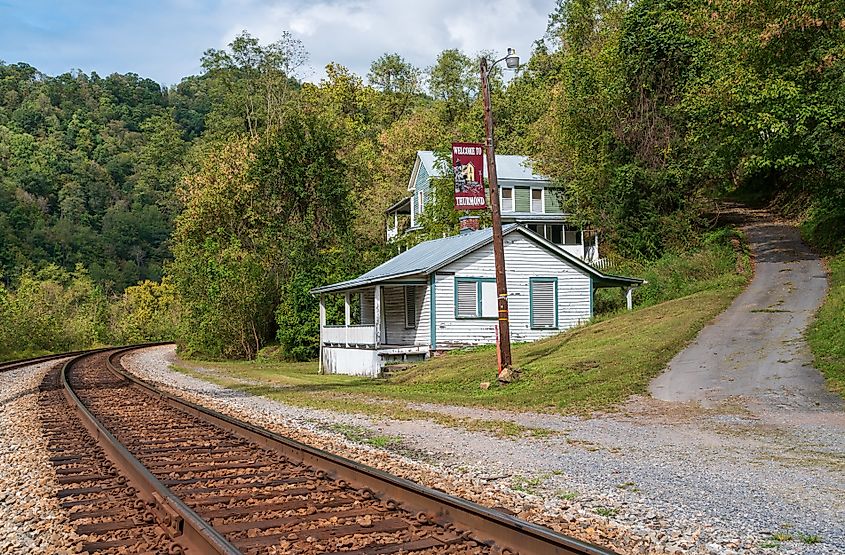
Once a thriving coal town, Thurmond was a major railroad hub in the early 20th century, serving as a key stop for the Chesapeake and Ohio Railway. At its peak, the town supported a population of several hundred residents and featured multiple hotels, a bank, a post office, and a bustling depot that handled both passengers and freight. The streets were lined with company-owned homes, shops, and saloons, reflecting the prosperity brought by coal and rail.
Today, Thurmond is part of the New River Gorge National Park and Preserve, and much of the town appears frozen in time. Visitors can still see the historic depot, the coal tipple used to load trains, and other original structures that stand as silent witnesses to the town’s once-booming industry. The surrounding landscape of steep river cliffs and forested hills adds to the sense of stepping back into a bygone era of Appalachia.
Blue Heron, Kentucky
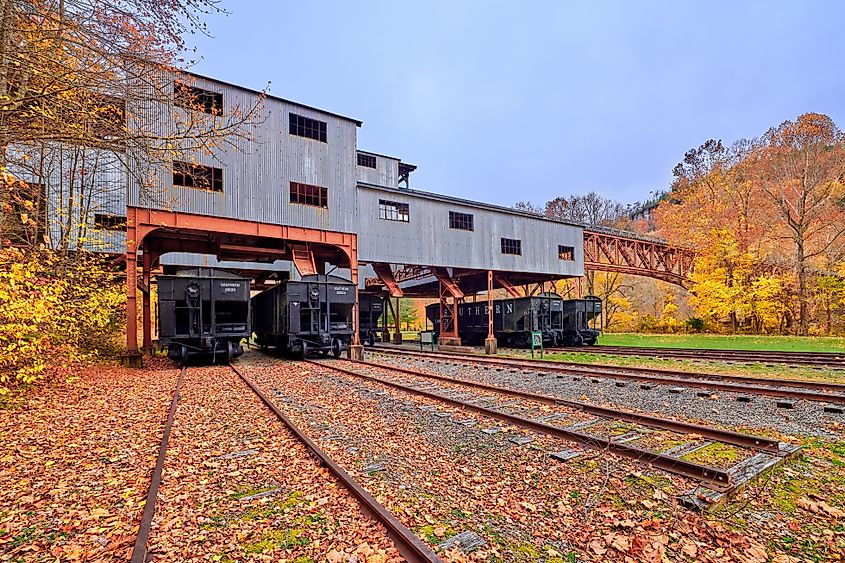
Established in 1937 by the Stearns Coal and Lumber Company, Blue Heron was a carefully planned company town built along the Big South Fork River. Designed to house coal miners and their families, the town included homes, a school, a general store, and a post office, creating a self-sufficient community centered around the coal industry. Miners worked long days extracting coal from the surrounding hills, while families relied on the company for housing and essential services. By 1962, as coal production declined and mechanization reduced the need for labor, Blue Heron was abandoned.
The town has been preserved as part of the Big South Fork National River and Recreation Area. The remaining buildings, including the miner’s homes and community structures, offer a tangible window into life in a mid-20th-century coal town. Visitors can walk the streets, explore restored structures, and learn the town’s story through interpretive signs that detail the daily lives of its residents and the challenges of coal mining in Appalachia.
Sewell, West Virginia
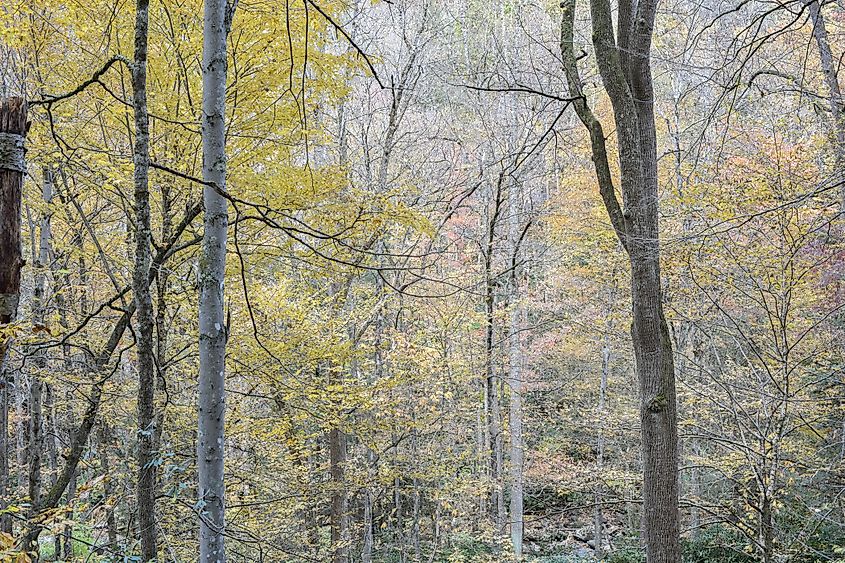
Sewell was a bustling coal camp in the early 20th century, with a population of over 2,000 at its peak. The town revolved around a large coal processing plant, and daily life centered on the company store, school, and housing provided for miners and their families. The community thrived on the rhythms of the mine, with workers’ shifts shaping the town’s social and economic life. After the mine closed in the 1950s, Sewell was abandoned, leaving behind the skeletal remains of its industrial past.
The site is accessible via scenic drives through the New River Gorge National Park, where visitors can see the remnants of the coal tipple, foundations of homes, and other structures that offer a glimpse into the lives of the people who once called Sewell home.
Kaymoor, West Virginia
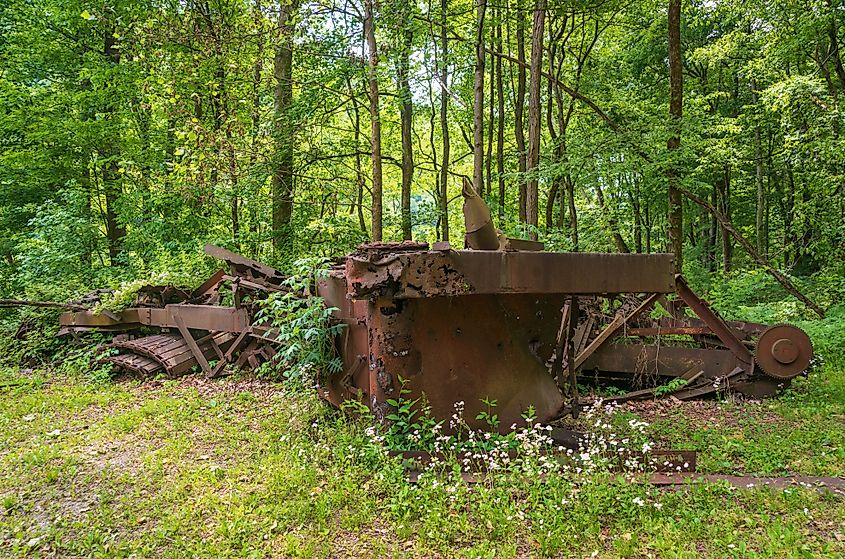
Founded in the 1890s by the Low Moor Iron Company, Kaymoor quickly became one of the most productive coal towns in the New River Gorge. The town was split into two sections: Kaymoor Top, where families lived, and Kaymoor Bottom, where mining and processing took place along the river. The Kaymoor Mine operated for more than 60 years, producing millions of tons of coal.
After closing in the 1960s, the town was abandoned, leaving behind rusting equipment, crumbling foundations, and the striking remains of its coal processing plant. Today, Kaymoor is part of the New River Gorge National Park and Preserve, where visitors can hike the Kaymoor Miners Trail to see what remains of this once-thriving community.
Nuttallburg, West Virginia
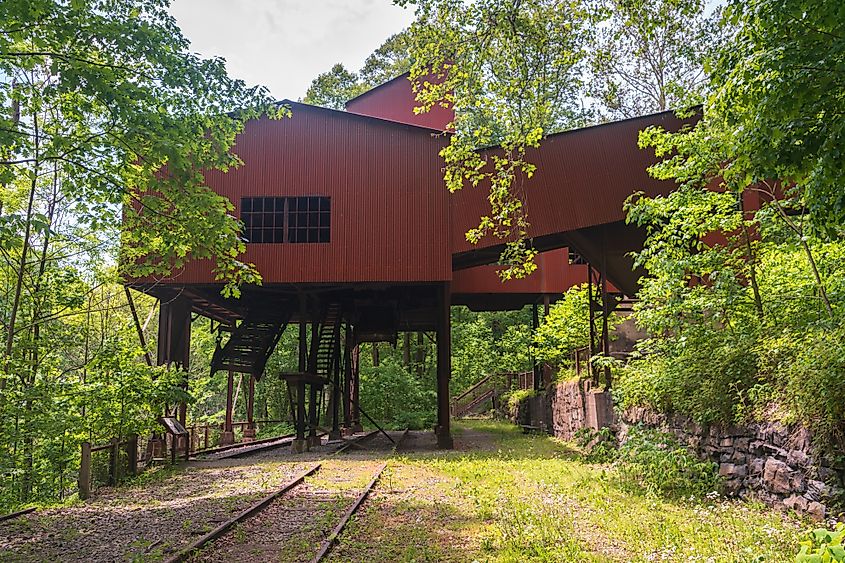
Nuttallburg was established in the late 1800s and became one of the first coal towns in the New River Gorge. Its claim to fame came in 1920, when industrialist Henry Ford leased the mines and built a massive conveyor belt system to transport coal directly to the Chesapeake & Ohio Railway. This made Nuttallburg one of the most technologically advanced coal operations of its time.
By the mid-20th century, demand declined and the town was gradually abandoned. Today, the National Park Service preserves its dramatic remains, including the towering conveyor, tipple, and coke ovens, which stand as monuments to the industrial power of the era.
Centralia, Pennsylvania
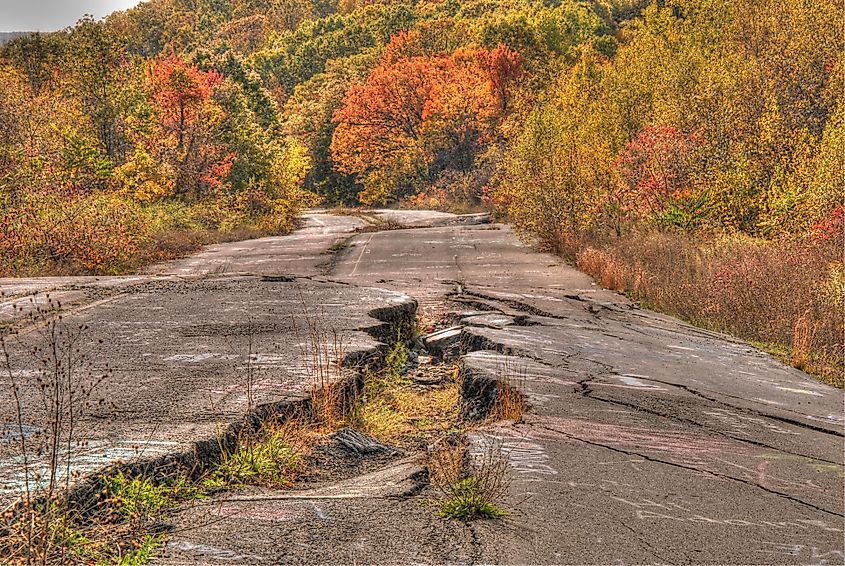
Centralia was a coal mining town whose fate changed forever in 1962 when an underground coal‐seam fire, started in a landfill, ignited and spread beneath the town. Over time, smoke vents, sinkholes, and toxic gases made much of the town unsafe. Homes were bought out, streets were deserted, and many structures demolished.
Today, Centralia is all but an eerie ghost town. Some empty lots remain, cracked roadways and derelict foundations, and a few lone buildings like the church still stand. The so-called “Graffiti Highway,” once a stretch beloved by photographers and explorers for its colorfully spray-painted pavement, has been covered up, but many stock and archival photos still show its striking visuals. The abandoned streets, overgrown foliage, and remnants of what once was bring a powerful visual reminder of how coal shaped and destroyed towns in Appalachia.
Benham, Kentucky
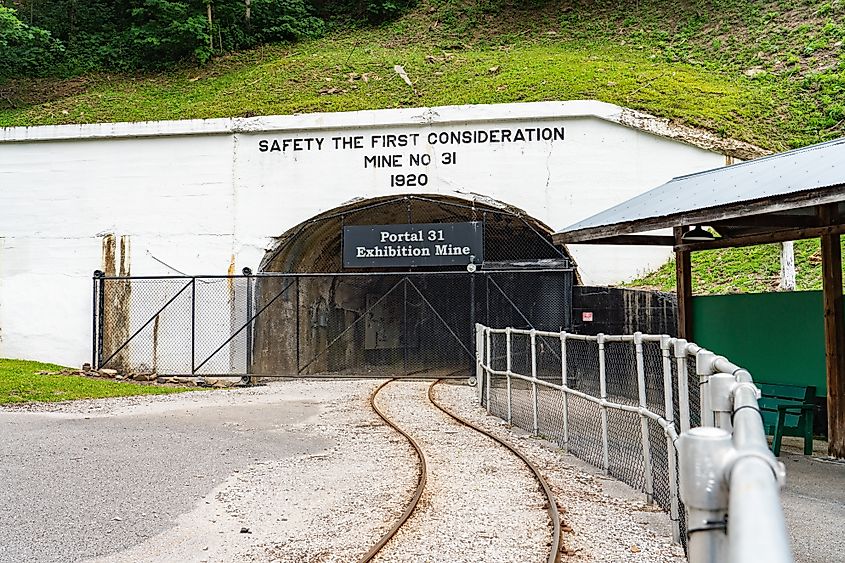
Benham, located in Harlan County, Kentucky, was established in the early 20th century as a coal mining town. The town was built by the U.S. Coal and Coke Company, and at its peak, it housed thousands of miners and their families. Benham featured company-owned homes, a school, a hospital, and recreational facilities, making it a self-contained community centered around the coal industry.
As coal production declined, Benham experienced a gradual depopulation. Today, the town is home to the Portal 31 Exhibition Mine, which offers guided tours that showcase the history of coal mining in the region. Visitors can explore the preserved buildings and learn about the town's history through interpretive signs.
Echoes of Appalachia’s Coal Past
The abandoned coal towns of Appalachia are more than just relics of industry; they are snapshots of a bygone era, capturing the hopes, struggles, and daily lives of the families who lived and worked there. From the eerie streets of Centralia to the preserved structures of Thurmond and Benham, each town tells a story of ambition, community, and the price of progress. Exploring these towns offers a window into a unique chapter of American history, where the coal beneath the mountains shaped both the landscape and the lives of those who called it home.
